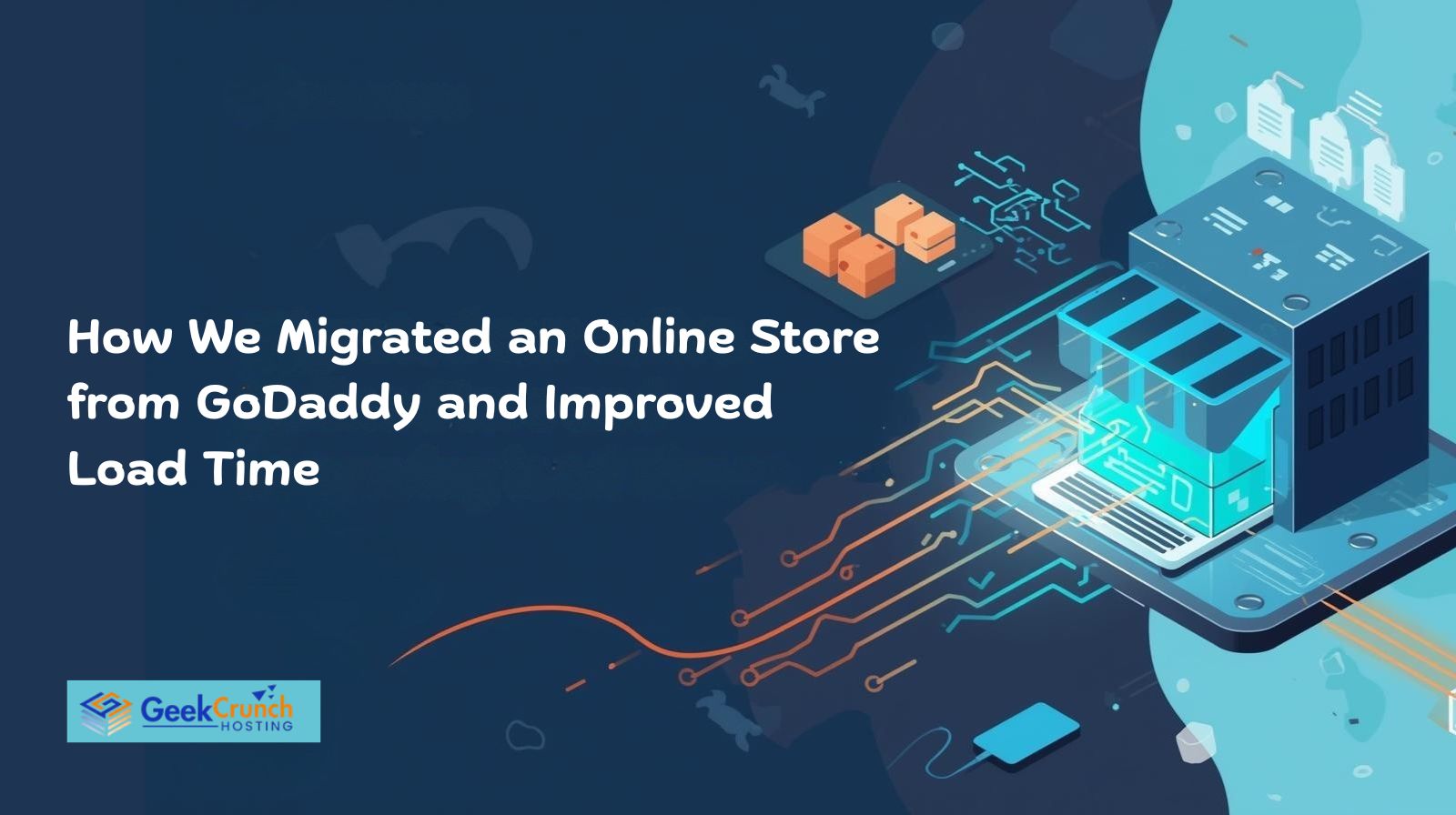Scaling a website from a few thousand users to over 1 million concurrent users is not just about buying bigger servers. It requires a holistic approach across infrastructure architecture, database design, caching, deployment processes, and monitoring.
At Geek Crunch Hosting (GCH), we faced this challenge when one of our clients’ platforms rapidly grew due to a viral campaign. The spike forced us to rethink the entire stack. Here’s how we handled it – in detail.
1) Understanding the Bottlenecks
Before adding more servers or resources, we identified where performance issues might arise:
- CPU & Memory: Are the existing servers reaching 80–90% utilization?
- Database Queries: Which queries are slow or locking tables?
- Network I/O: Are requests waiting for network throughput?
- Storage I/O: Is the disk the limiting factor for reading/writing data?
- Application Layer: Are there inefficient loops, heavy API calls, or blocking operations?
We used profiling tools like:
- New Relic for application performance
- MySQL Slow Query Logs for database analysis
- htop and iotop for server resource monitoring
- Apache/Nginx logs to analyze response times
By mapping bottlenecks, we avoided the common mistake of throwing hardware at the problem without understanding the root cause.
2) Horizontal vs. Vertical Scaling
Vertical Scaling (upgrading server CPU, RAM, storage) is simple but limited and expensive.
Horizontal Scaling (adding multiple servers and distributing load) requires more planning but allows near-unlimited growth.
We implemented a hybrid approach:
- Short term: upgraded VPS to high-performance NVMe servers with additional RAM
- Medium term: deployed load balancers to distribute traffic
- Long term: microservices architecture to separate workloads and scale independently
This strategy allowed us to handle spikes while preparing for sustainable long-term growth immediately.
3) Database Optimization
Databases are often the first point of failure under high traffic. Initially, our MySQL database was under stress:
- Frequent SELECT queries on large tables
- Locking issues due to writes during peak hours
- Inefficient indexing
We applied the following optimizations:
- Query Optimization:
- Reviewed slow queries using EXPLAIN
- Added necessary indexes
- Denormalized some tables to reduce JOINs
- Reviewed slow queries using EXPLAIN
- Read Replicas:
- Implemented MySQL replicas for read-heavy operations
- Write operations remained on the primary server.
- Implemented MySQL replicas for read-heavy operations
- Caching Layers:
- Introduced Redis for frequently accessed data
- Used Memcached for session management
- Introduced Redis for frequently accessed data
- Partitioning and Sharding:
- Large tables were partitioned based on access patterns.
- Sharding is applied for extreme growth scenarios.
- Large tables were partitioned based on access patterns.
These changes reduced database load by over 60% during peak traffic.
4) Implementing Caching
Caching is one of the most cost-effective ways to scale. At GCH, we applied caching at multiple layers:
- Application Level: Cached API responses to reduce repeated computation
- Database Level: Query caching for repetitive read-heavy queries
- HTTP Level: Nginx reverse proxy caching for static assets
- Content Delivery Network (CDN): Used Cloudflare to serve images, CSS, and JS globally
Result: Page load times dropped from 1.8s → 0.6s, reducing server CPU usage and improving user experience.
5) Load Balancing
We introduced NGINX-based load balancers with the following setup:
- Multiple backend VPS servers
- Round-robin request distribution
- Health checks for automatic failover
Additionally, we implemented sticky sessions for user login consistency and SSL termination at the load balancer level to offload encryption tasks from application servers.
Load balancing ensured no single server became a bottleneck during traffic spikes.
6) Auto-Scaling and Infrastructure as Code
To handle unpredictable surges, we automated scaling:
- Monitored CPU, RAM, and network traffic
- Defined thresholds to add/remove instances dynamically
- Implemented Terraform for consistent infrastructure provisioning
- Used Ansible for configuration management
Auto-scaling prevented over-provisioning and ensured high availability while controlling costs.
7) Monitoring and Alerting
Scaling isn’t just about adding resources, it’s about visibility:
- Real-time dashboards with Grafana + Prometheus
- Alerts via Slack, Email, and PagerDuty
- Log aggregation using ELK Stack (Elasticsearch, Logstash, Kibana)
- Performance regression testing before every release
This allowed the team to detect anomalies instantly, minimizing downtime.
8) Security at Scale
High traffic attracts more attacks. Security measures we applied:
- Web Application Firewall (WAF)
- DDoS protection via Cloudflare and fail2ban rules
- Regular automated patching
- Two-factor authentication for server access
- Segmented environments for production, staging, and development
9) Disaster Recovery and Redundancy
Scaling isn’t just about speed, it’s about reliability.
- Multiple VPS nodes in different data centers
- Daily backups with off-site replication
- Database failover mechanisms
- Load balancer failover
- Regular recovery drills
This ensured zero data loss and minimal downtime even if a node failed.
10) Key Results
After full implementation, the results were measurable:
| Metric | Before Scaling | After Scaling |
| Concurrent Users | 50,000 | 1,000,000+ |
| Average Page Load | 1.8 sec | 0.6 sec |
| CPU Utilization | 90% | 50–60% |
| Database Load | High | Reduced 60% |
| Downtime | 6 hrs/month | <5 min/month |
Client satisfaction improved, traffic growth was sustained, and the infrastructure could now scale further without manual intervention.
Conclusion
Scaling to 1 million users is not a single-step process. It requires:
- Careful bottleneck identification
- Strategic horizontal and vertical scaling
- Database optimization and caching
- Load balancing and auto-scaling
- Robust monitoring, security, and disaster recovery
At Geek Crunch Hosting, these practices allowed us to scale efficiently while maintaining cost-effectiveness and reliability.
High performance and scalability are achieved not by buying the most expensive servers, but by engineering processes, optimizing resources, and planning for growth.




